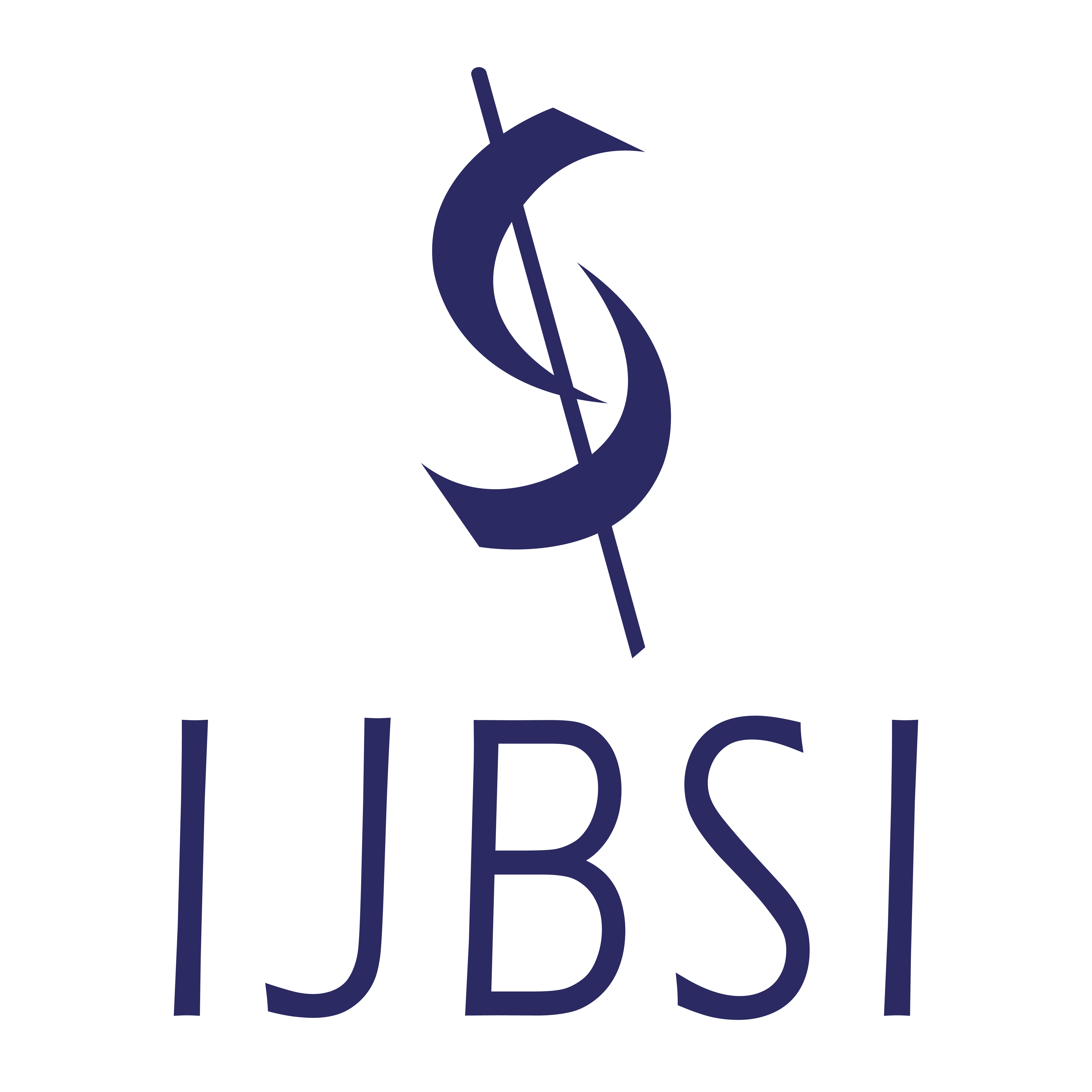Research Article
Research on Effects of Herd Behavior and Customer Commitment on Customer Behavioral Intention and Post-purchase Disorder: A Case Study of Multilevel Marketing
More Detail
1 Marketing Management Department, SHU-TE University, Kaohsiung City 82445, Taiwan* Corresponding Author
International Journal of Business Studies and Innovation, 2(4), December 2022, 23-30, https://doi.org/10.35745/ijbsi2022v02.04.0003
Published: 30 December 2022
OPEN ACCESS 386 Views 383 Downloads
ABSTRACT
In daily life, many decisions are influenced by the opinions of others. This behavior is mainly due to the norms under social pressure, fearing that there would be bad consequences if we do not abide by them. In previous studies, herd behavior driven by peer groups has been discussed in terms of consumer behavior, but few scholars have considered that consumers’ purchase behavior that is driven by “unfamiliar groups” research object. Thus, focusing on consumers’ purchase decisions which are influenced by unfamiliar groups in social gatherings, the relationship between herd behavior and customer commitment was explored with the factors and effects of post-purchase disorders. A questionnaire survey was carried out with 199 valid returns. The research results showed that herd behavior positively affected customer commitment and customer behavior intention in participating in multi-level marketing activities, and customer commitment also positively affected customer behavior intention. However, customer behavior intention showed no correlation with cognitive dissonance. From the perspective of customers, it is necessary to avoid participating in gatherings similar to multi-level marketing which damages customers’ rights and interests.
CITATION (APA)
Chou, C.-T. (2022). Research on Effects of Herd Behavior and Customer Commitment on Customer Behavioral Intention and Post-purchase Disorder: A Case Study of Multilevel Marketing. International Journal of Business Studies and Innovation, 2(4), 23-30. https://doi.org/10.35745/ijbsi2022v02.04.0003

 OPEN ACCESS
OPEN ACCESS

 The articles published in this journal are licensed under the CC-BY Creative Commons Attribution International License.
The articles published in this journal are licensed under the CC-BY Creative Commons Attribution International License.